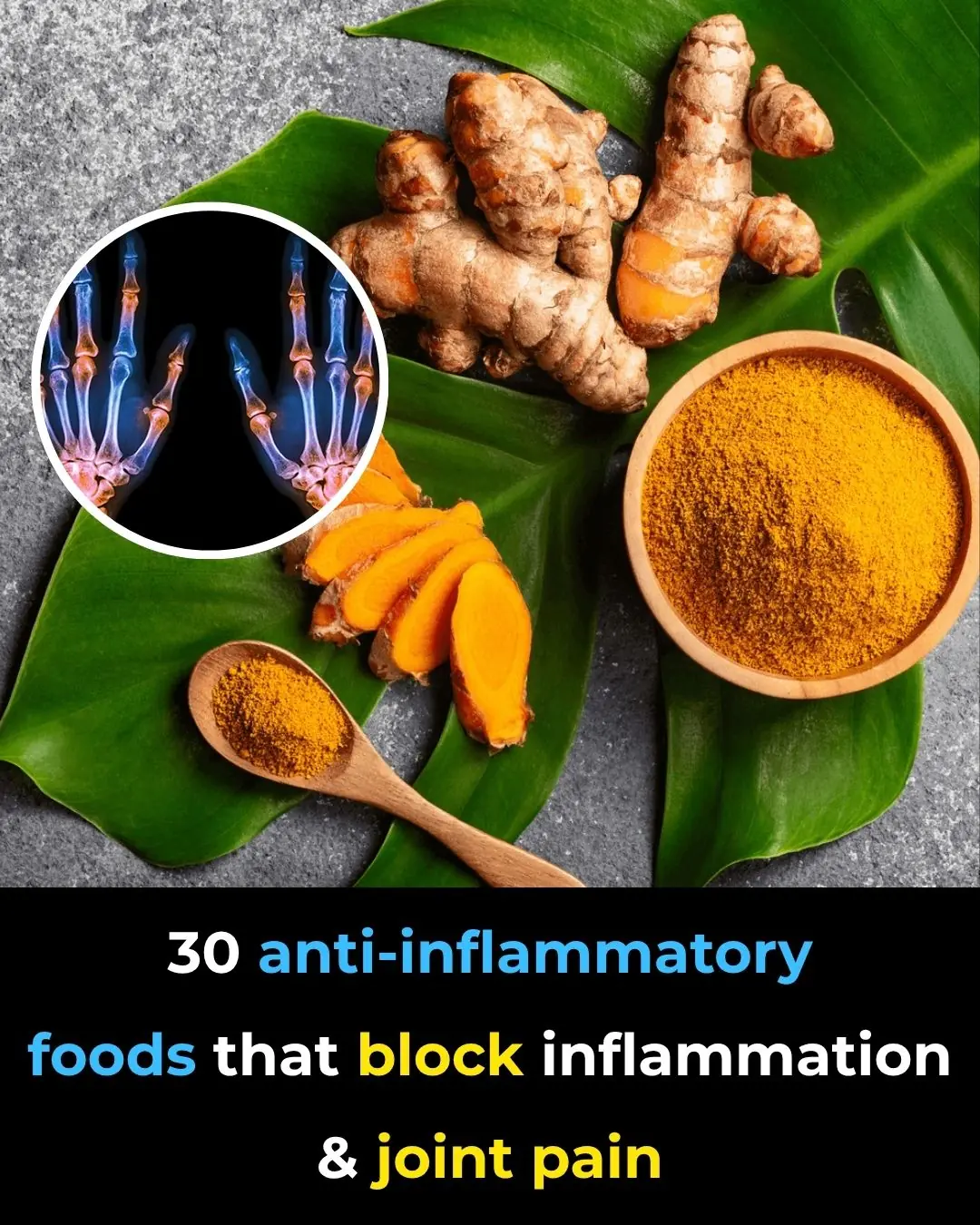
Silent heart attack — the pain no one recognizes in time
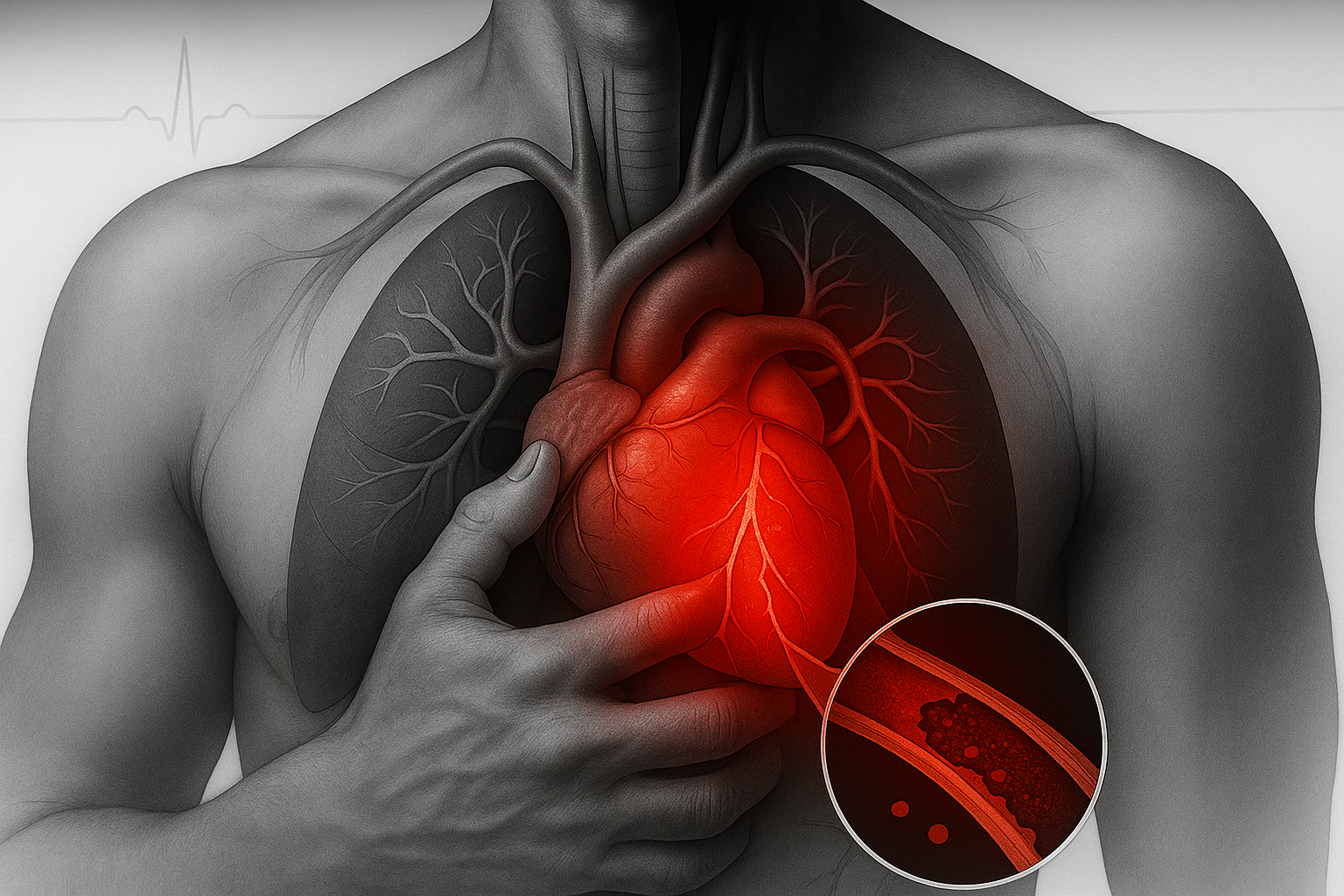
What if I told you that a nagging pain in your chest — the kind you might brush off as indigestion, muscle strain, or anxiety — could actually be a silent alarm from your heart? It’s an unsettling thought, but one that could save your life. Nearly 40% of people who suffer a heart attack die before ever reaching the hospital. Many of them never realized what was happening. They thought it was just gas, fatigue, or stress.
For over two decades, I’ve seen this tragic story play out again and again. Patients arrive too late — some even days after the first warning signs appeared. What’s most heartbreaking is that their bodies did try to warn them. The pain, the pressure, the fatigue — all were signals, but they were ignored or misunderstood.
That’s why today, I want to be very direct. The information you’re about to read could literally mean the difference between life and death — for you or for someone you love. You’ll learn how to recognize five different types of chest pain, how to tell when it’s an emergency, and what exact steps to take.
But first, a vital disclaimer:
If you are experiencing chest pain right now, stop reading and call your local emergency number immediately. Do not wait. Do not drive yourself. Get help now.
If you’re reading to learn, to prepare, or to protect yourself in the future, then pay close attention.
Key Takeaways
-
Classic Heart Attack: A crushing, heavy, or squeezing pressure in the chest that may radiate to the arm, jaw, or back — often accompanied by cold sweats, nausea, or shortness of breath.
-
Unstable Angina: Chest pain that appears at rest or with minimal exertion — a red flag that a heart attack could strike soon.
-
Non-Cardiac Pain: Pain caused by muscles, bones, or digestion — often sharp, positional, or related to movement or meals.
-
Silent Heart Attacks: Subtle and easily missed, especially in women, diabetics, and older adults. Signs include fatigue, breathlessness, or persistent indigestion.
-
Prevention and Action: Knowing your risks and recognizing symptoms early can save your life.
1. The Classic Heart Attack: When Every Second Counts
This is the most dangerous and time-sensitive type of chest pain. A heart attack (myocardial infarction) occurs when a coronary artery becomes completely blocked, cutting off oxygen to part of the heart muscle. Without oxygen, that part begins to die within minutes — and every second lost reduces your chance of survival.
How it feels: The pain is typically located in the center or slightly left side of the chest. It’s not sharp or stabbing; rather, people describe it as an intense, oppressive, crushing pressure — like an elephant sitting on your chest. This pain doesn’t come and go. It stays, builds, and refuses to ease with rest.
Where it spreads: The pain often radiates. It may travel down the left arm, into the jaw, the neck, the back between the shoulder blades, or even the upper stomach. Many patients describe a heavy, numb, or tingling sensation in the left arm.
Other warning signs:
-
Cold, clammy sweat (not related to temperature)
-
Nausea or vomiting
-
Severe shortness of breath
-
Dizziness or faintness
-
A sense of dread or “impending doom”
Duration: The pain lasts longer than five minutes — often 20 to 30. It’s not relieved by rest or deep breathing.
If you or anyone you know experiences this kind of pain, call emergency services immediately. Do not drive yourself. Paramedics can start life-saving treatment before you even reach the hospital.
2. Unstable Angina: The Ticking Time Bomb
Angina is chest pain caused by a partial blockage in a heart artery. It means the heart isn’t getting enough oxygen-rich blood. There are two main types — stable and unstable — and knowing the difference could save your life.
Stable angina is predictable. It appears when you exert yourself — climbing stairs, walking fast, or carrying groceries — and disappears with rest. It’s a warning sign that your arteries are narrowing, but not yet fully blocked.
Unstable angina, however, is unpredictable and dangerous. It can occur at rest or with minimal effort, and it often signals that a full-blown heart attack is imminent.
Key warning signs of unstable angina:
-
Chest pain that strikes even while resting or sleeping
-
Pain that occurs with less and less exertion than before
-
Pain lasting longer than usual (10–15 minutes or more)
-
Increasing frequency or intensity of chest pressure
Think of unstable angina as the final warning bell. You may still have time to prevent a heart attack — but only if you seek help immediately.
3. Musculoskeletal Pain: The Harmless Impostor
The most common type of chest pain isn’t heart-related at all. Musculoskeletal pain comes from strained muscles, inflamed cartilage, or irritated nerves in your chest wall. It can feel alarming, but it’s usually benign.
Here’s how to tell the difference:
-
Localized: You can often point to the exact spot that hurts — a small, coin-sized area.
-
Movement-sensitive: The pain worsens when you twist, stretch, or press on the sore area.
-
Breathing changes it: Deep breaths may increase the pain, while shallow breathing eases it.
-
Recent activity: It often follows physical strain — lifting heavy objects, exercise, or poor posture during sleep.
Muscle pain usually improves with rest, gentle stretching, or anti-inflammatory remedies like turmeric, ginger, or a warm compress. However, if you’re over 50, have high blood pressure, or diabetes, don’t assume it’s harmless. When in doubt, get checked.
4. Digestive Pain: When Your Stomach Mimics Your Heart
Your heart and digestive system share similar nerve pathways. That’s why acid reflux or stomach irritation can produce sensations almost identical to a heart attack.
Digestive pain — especially from acid reflux (GERD) — often appears after large, fatty, or spicy meals. It feels like a burning or searing discomfort that may rise from the stomach to the throat.
How to tell it apart:
-
Pain is related to meals (worse after eating, better on an empty stomach).
-
Pain often improves with antacids within 5–10 minutes.
-
Pain worsens when lying down and eases when sitting up.
However, beware: some heart attacks — particularly those affecting the bottom wall of the heart — can mimic heartburn perfectly. If the pain is severe, persistent, or accompanied by sweating, nausea, or breathlessness, get medical help right away. It’s far better to be cautious than sorry.
5. Anxiety and Panic Attacks: When Fear Feels Physical
Anxiety and panic attacks can create powerful, real physical sensations. The chest pain may feel sharp, stabbing, or constricting — often accompanied by a racing heart, trembling, and a sense of unreality.
You might feel short of breath, dizzy, or as though you’re detached from your surroundings. The good news is that anxiety-induced chest pain tends to fade as you calm down. Practicing deep breathing, grounding techniques, or mindfulness can help.
However, here’s the tricky part: anxiety and heart disease can coexist. A panic attack can even trigger a real cardiac event in someone already at risk. That’s why, if it’s your first time experiencing these symptoms, you should always seek medical evaluation — including an ECG — to rule out a heart problem first.
The 3 Warning Signs of a Silent Heart Attack
Not all heart attacks come with dramatic pain. In fact, about 1 in 5 are “silent” — especially in:
-
People with diabetes (nerve damage can dull pain),
-
Women, who often experience subtler symptoms, and
-
Older adults, whose nerves may respond differently.
Watch for these three silent warning signs:
-
Extreme Fatigue: A sudden, unexplained exhaustion that lasts for days or weeks. You feel drained, even after sleeping well or doing little.
-
Shortness of Breath: Difficulty breathing during routine tasks or waking up gasping for air. This may signal that the heart is struggling to pump effectively.
-
Persistent Digestive Discomfort: Ongoing nausea, poor appetite, or a sense of “indigestion” that doesn’t improve.
If you have cardiovascular risk factors and notice any of these signs, don’t ignore them. Ask your doctor for an ECG or further testing.
Conclusion: Your Heart Is Your Engine — Protect It
Let’s recap the most vital points:
-
Classic heart attack pain is crushing, radiating, and unrelenting — call emergency services immediately.
-
Unstable angina is a serious warning that a heart attack could be near — seek urgent care.
-
Muscle or digestive pain can mimic cardiac pain but usually behaves differently.
-
Silent heart attacks are especially dangerous because they’re easy to miss.
Your best defense is prevention and awareness. Know your numbers — blood pressure, cholesterol, and blood sugar. Quit smoking, manage stress, stay active, and eat a heart-healthy diet rich in fruits, vegetables, and good fats.
Most importantly, listen to your body. Pain or pressure in your chest is never something to “wait and see.” Acting fast could mean the difference between recovery and tragedy.
Your heart is irreplaceable. Protect it today — and every day.
News in the same category


2 Signs of Kidney Failure: If Your Morning Urine Shows This Sign, See a Doctor Immediately

If You’re Not Using Castor Oil You’re Missing Out

How to eat bread, rice, and potatoes without blood sugar spikes

Health officials issue warning over ‘very contagious’ disease spreading across US state

🫁 1 Cup to Cleanse Your Lungs of Phlegm and Toxins Naturally

🧠 Nerve Damage? The 6 Best Essential Oils to Help Repair and Soothe Your Nerves
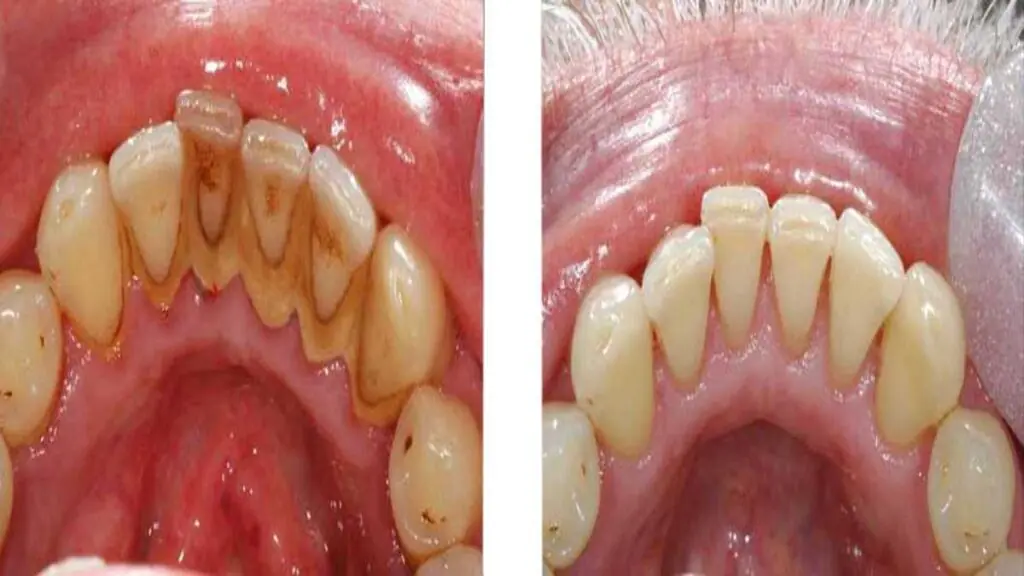
🦷 The #1 Best Remedy for Dental Plaque and Tartar Buildup (Dentist-Approved Home Method)
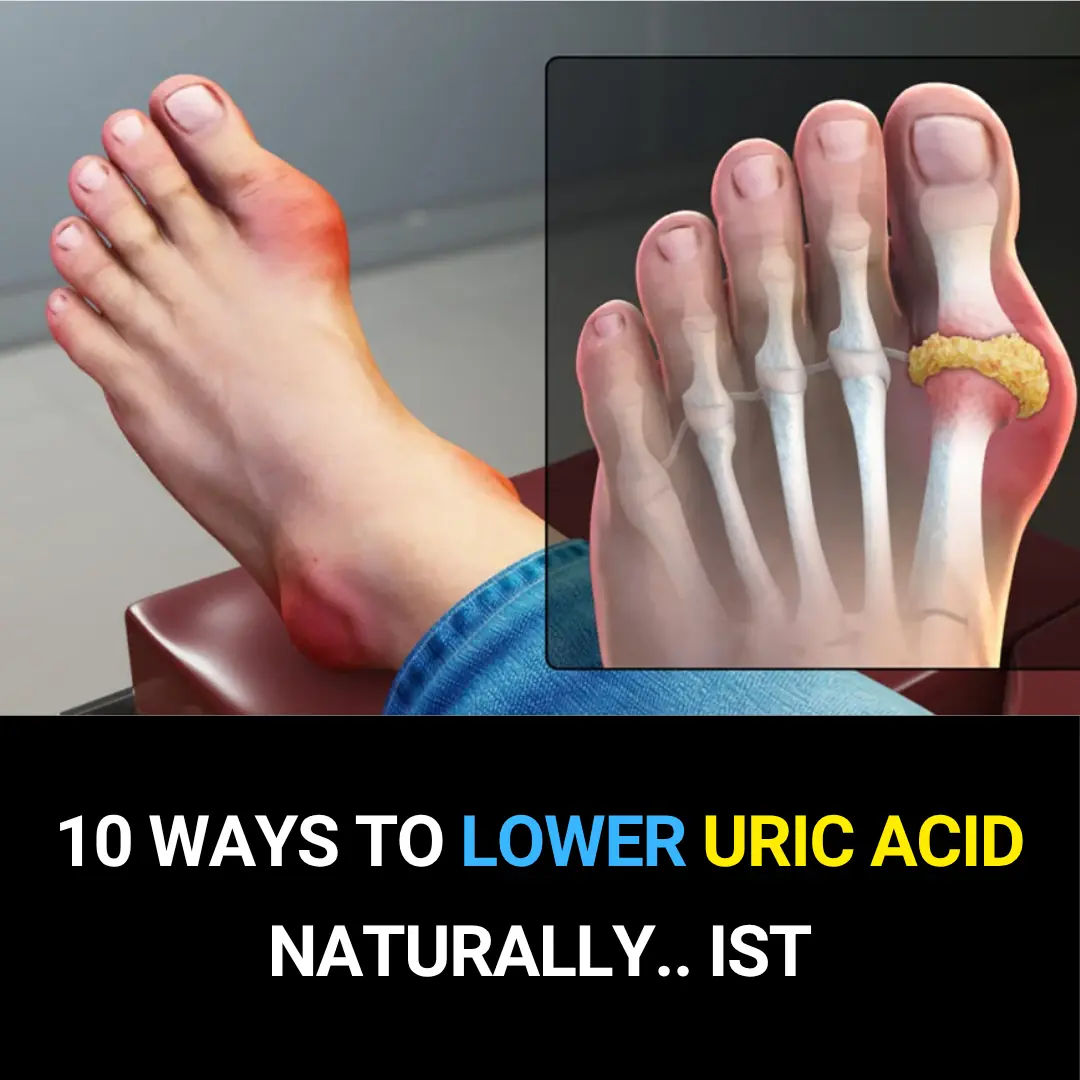
10 Proven Ways to Lower Uric Acid Naturally (Backed by Science)

Mix Lemon with Activated Charcoal and Stop Wasting Money at the Store

Cancer HATES These 6 Seeds – Seniors, Eat Them Daily (FIGHT Cancer Naturally)
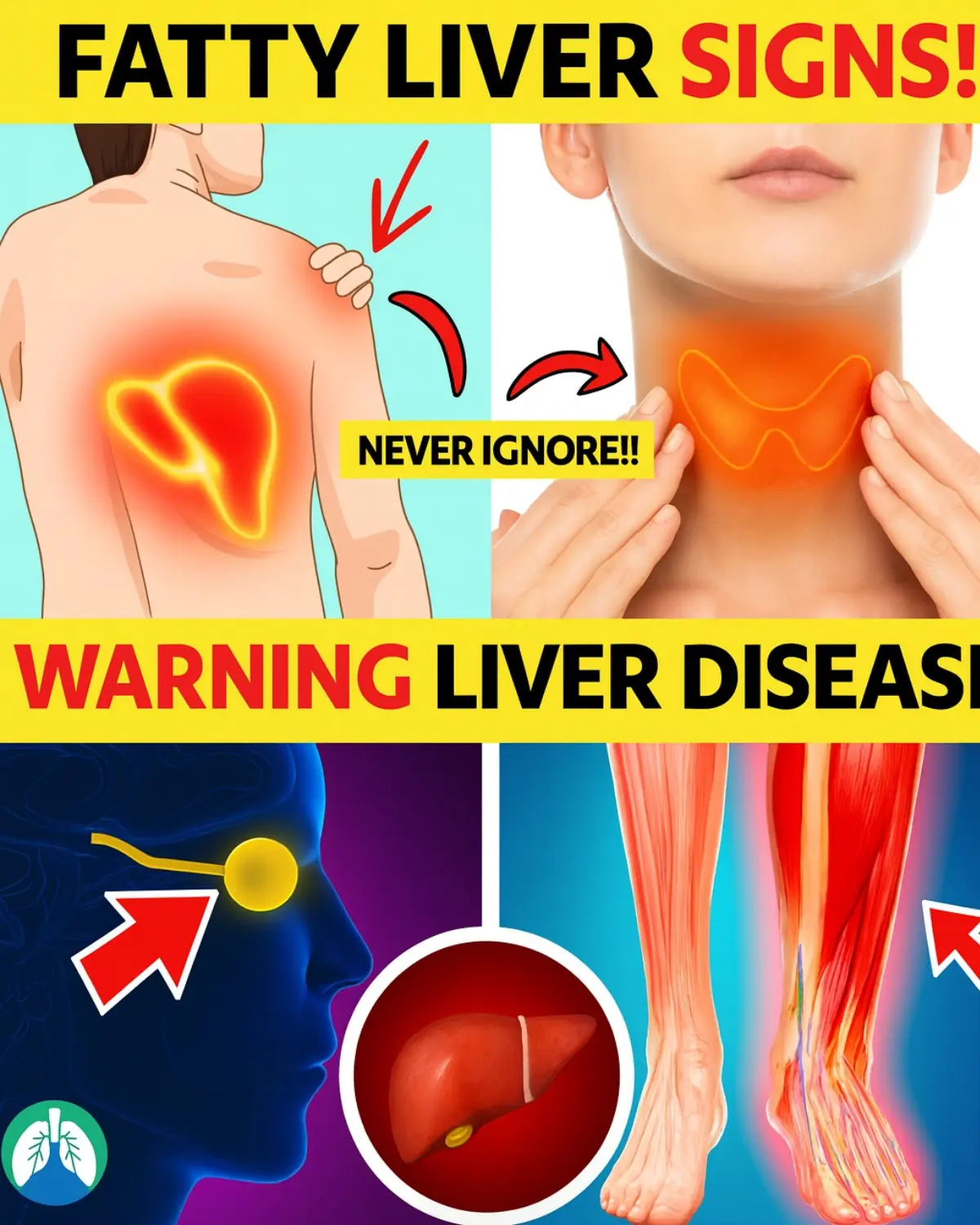
Never Ignore These 8 Early Signs of a Fatty Liver
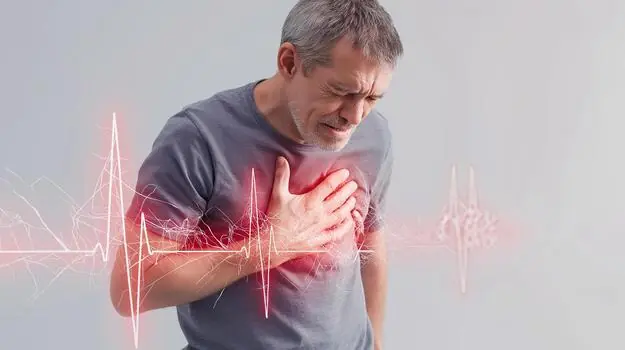
Silent Heart Attack — The Pain No One Recognizes in Time

Cocoa Flavanols May Protect Blood Vessels Even When You Sit for Hours

How to Eat Bread, Rice, and Potatoes Without Blood Sugar Spikes
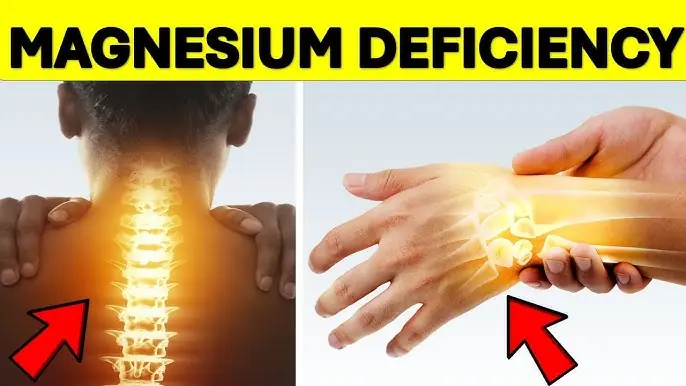
Major Signs You Are Magnesium Deficient (and What To Do About It!)

It Will Make Your Bladder and Prostate Feel Like New! The Grandfather’s Recipe

The Orange Peel Elixir That Cleanses Your Whole Body and Fights Diabetes, Cholesterol, and Blurry Vision
News Post

Tried this the other day and it did wonders!

Mix this into the cleaning water and the floor will be shiny and resistant to stains

2 Signs of Kidney Failure: If Your Morning Urine Shows This Sign, See a Doctor Immediately

Why are you absolutely forbidden to put your feet on the car dashboard, even when stopping?

Most do this wrong. 10 frozen foods you’re storing wrong

Magical Ways to Protect Wooden Furniture from Termites

The ring you pick reveals what kind of woman you are

Reason Why You Should Always Shower At Night

If You’re Not Using Castor Oil You’re Missing Out

Why You Shouldn’t Wash Rice Directly in an Electric Rice Cooker

Leaf of Life – The Healing Plant Growing in Your Backyard
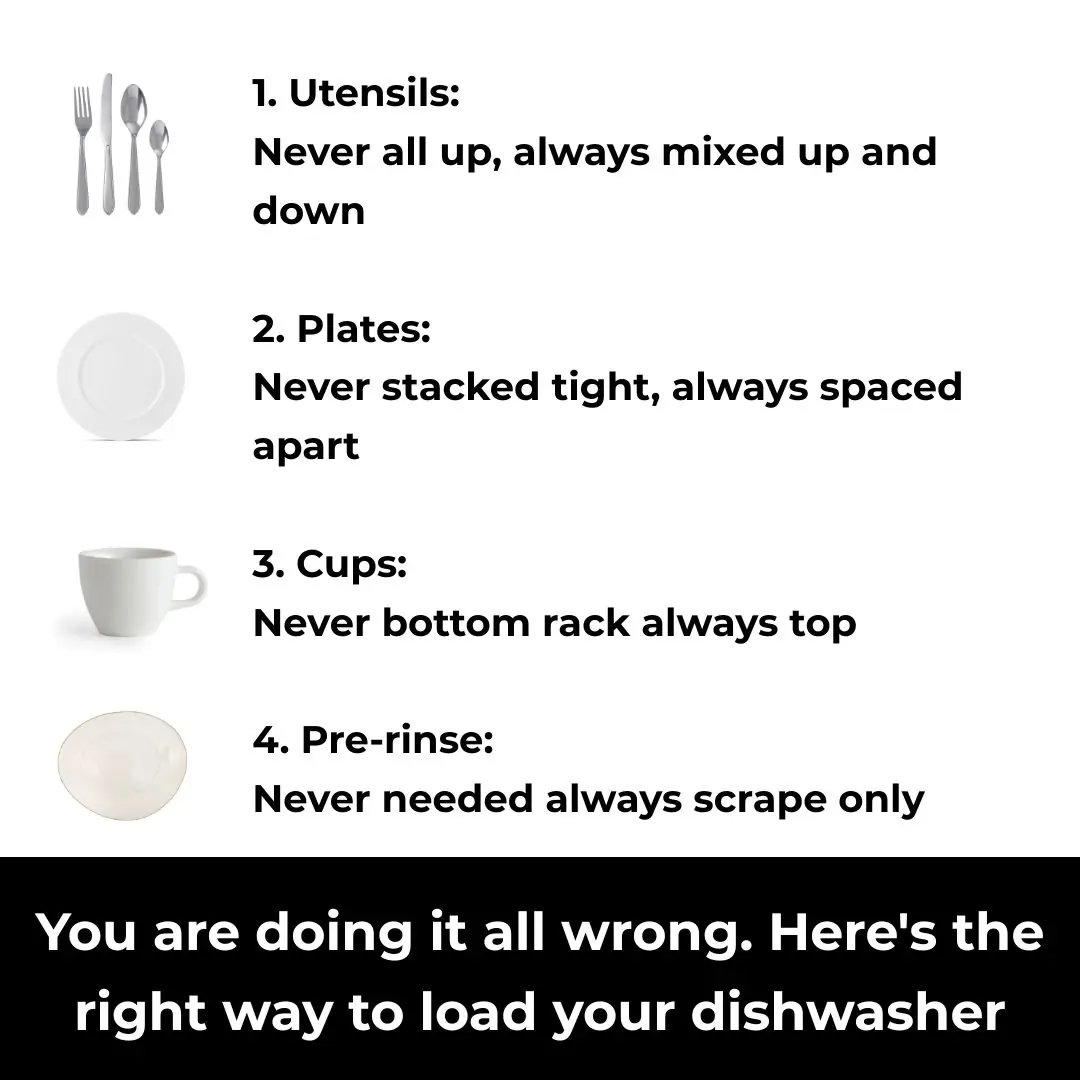
You are doing it all wrong. Here's the right way to load your dishwasher

Add Lemon Juice To Vaseline To Get Younger Looking Skin

8 Methods That Clean Your Gut & Eliminate Constipation Fast! (100% Natural Remedies)

You are doing it all wrong. Here's the right way to fold fitted sheets

How to eat bread, rice, and potatoes without blood sugar spikes

You are doing it all wrong. Here's the right way to wash your towels
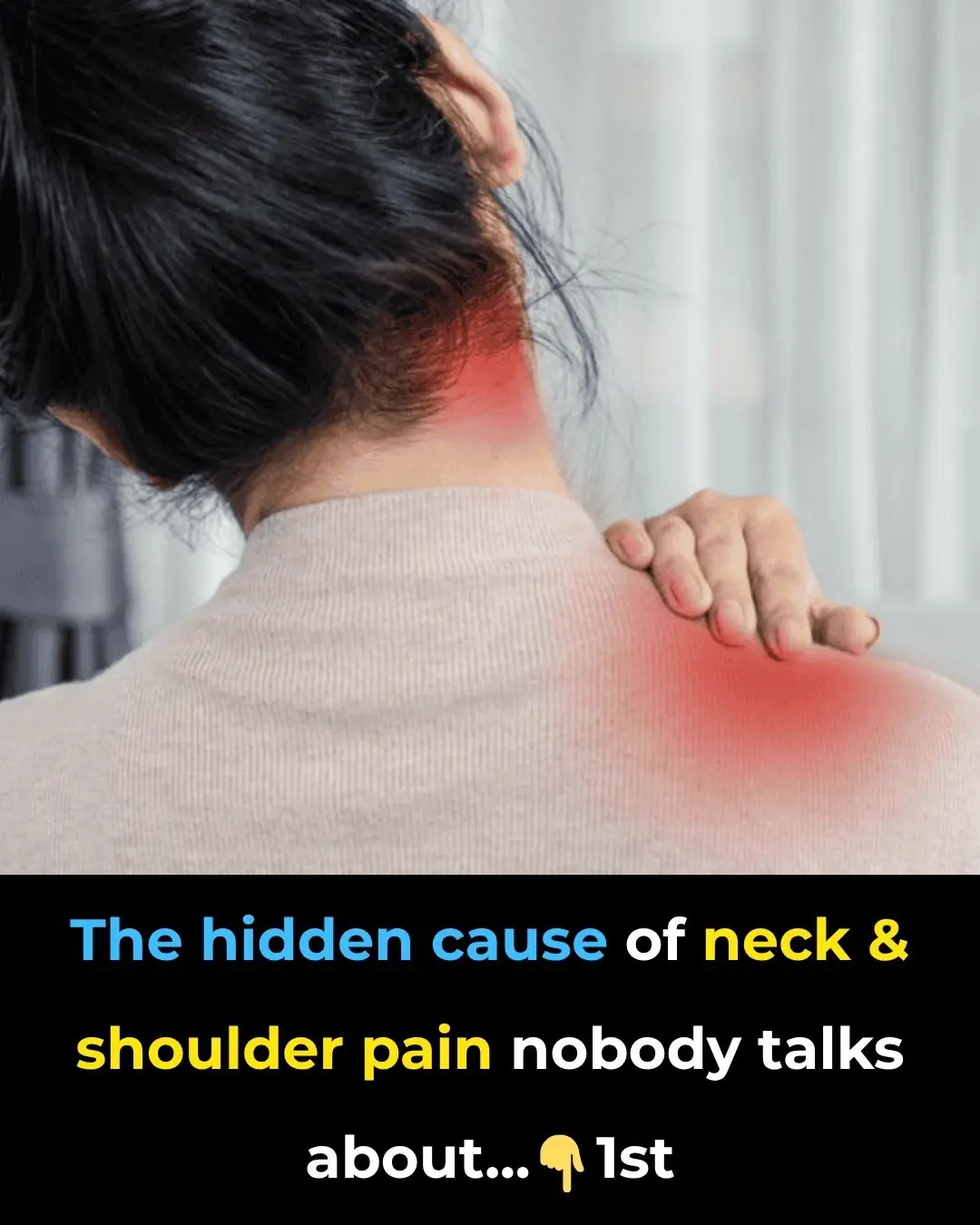
The HIDDEN cause of neck and shoulder pain nobody talks about
